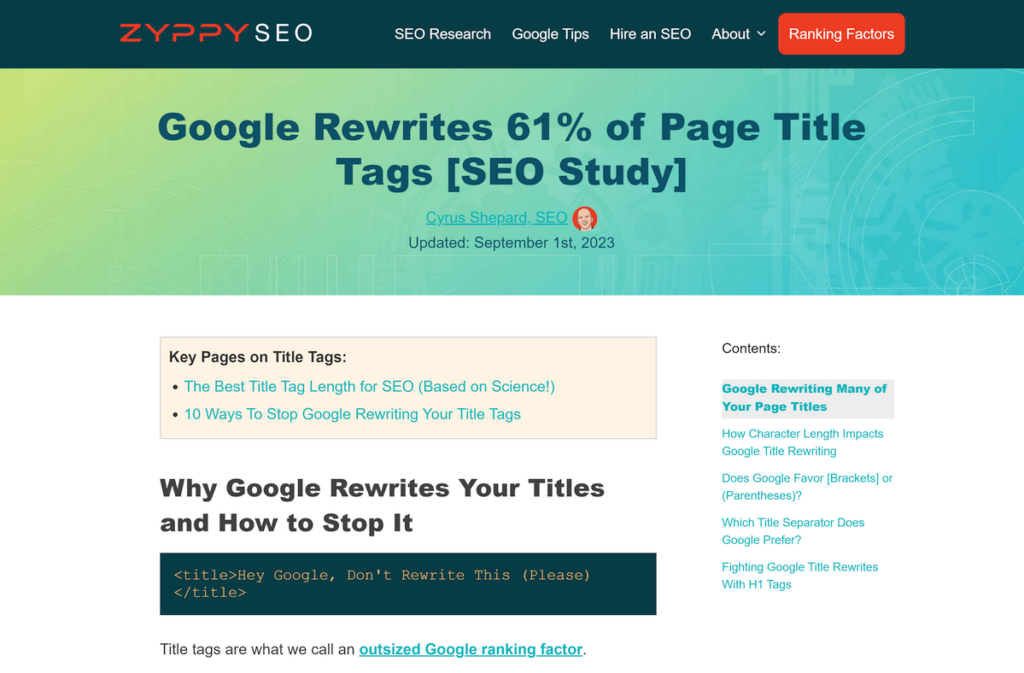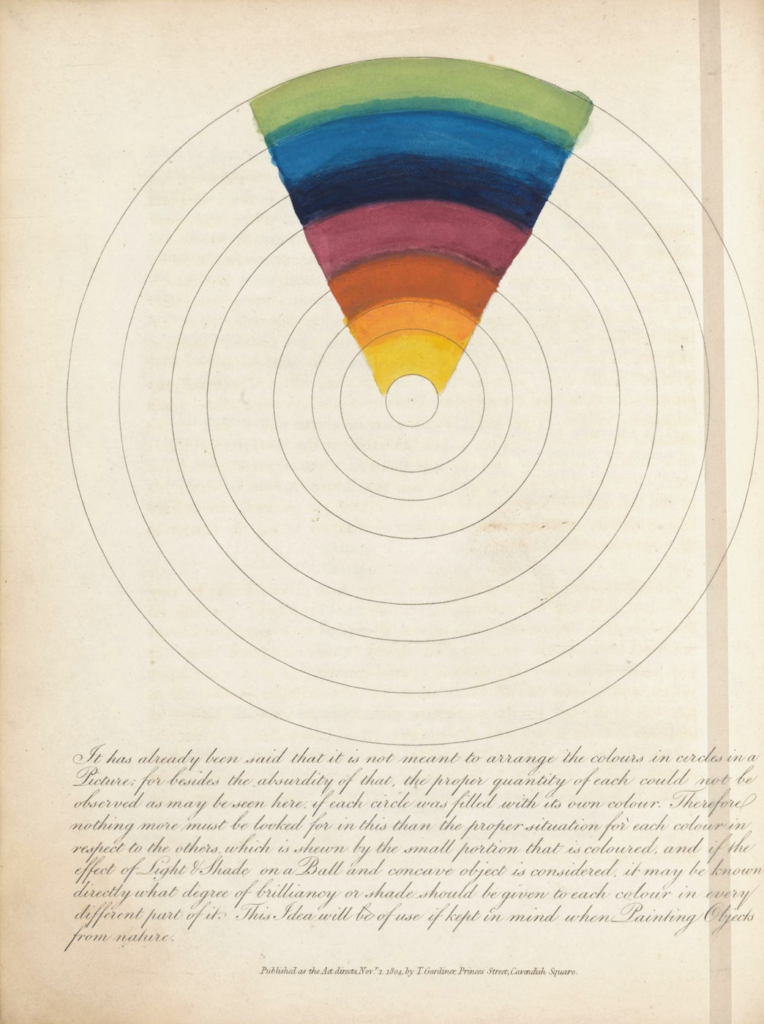
More recently, Google became much more aggressive with title rewriting, incorporating additional HTML tags and generally rewriting far more titles than previously.
For this research, Zyppy examined a total of 80,959 title tags across 2370 sites in early 2022 from across the globe and compared them against desktop Google results.
